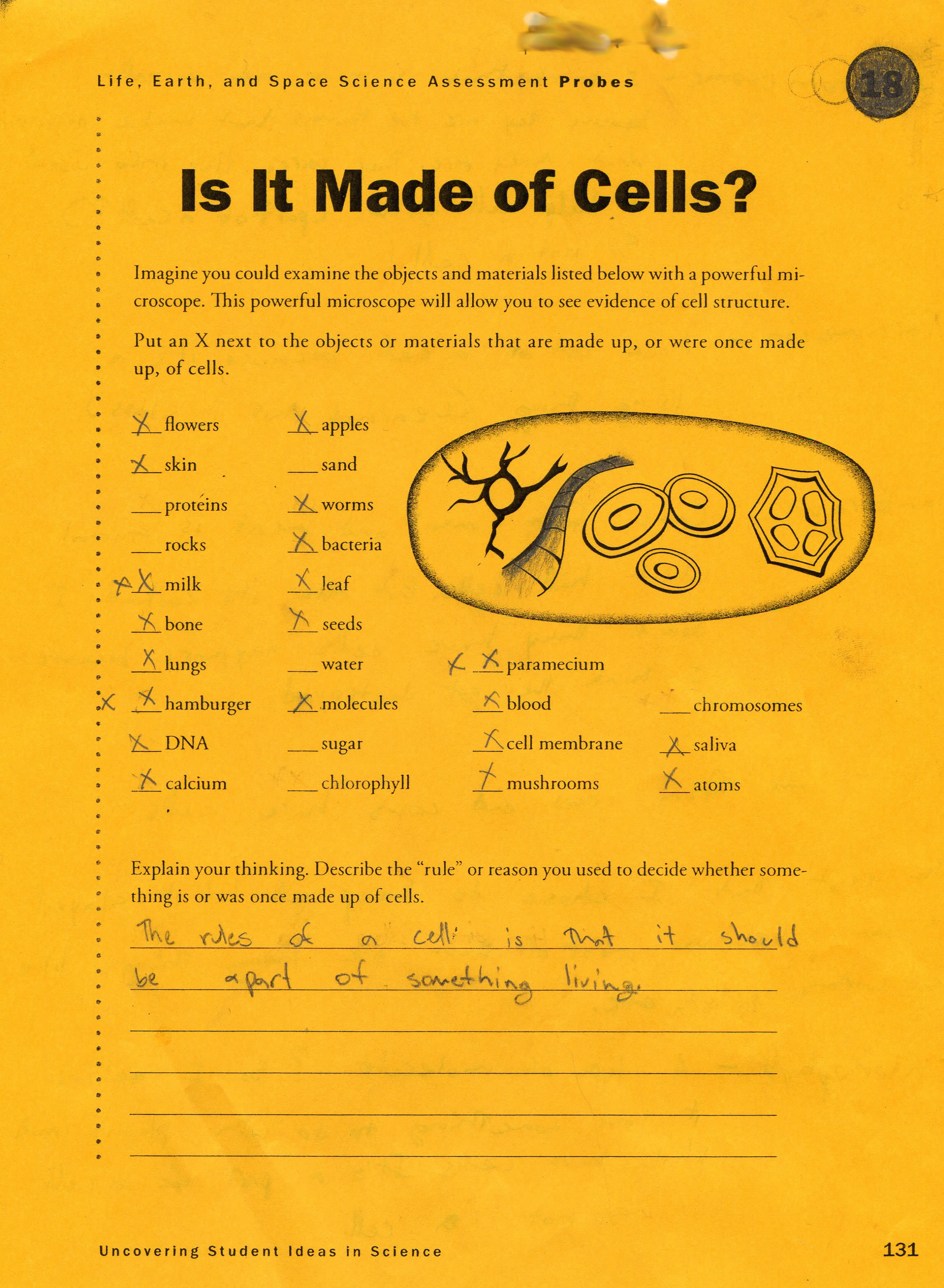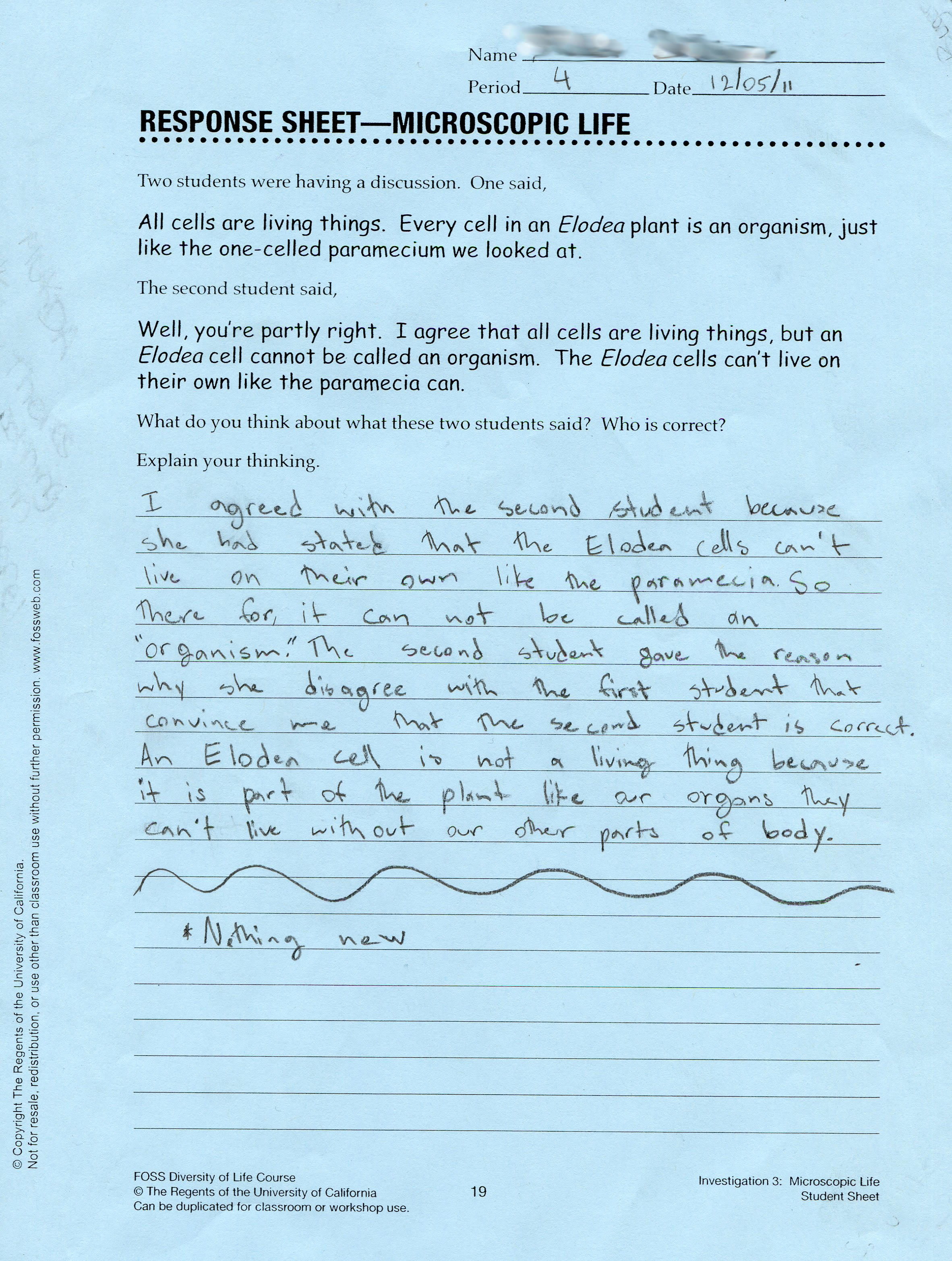This year my Science PLC is focusing on using learning progressions. We’ve worked for years on eliciting evidence so we moved on to a new focus, namely sharing learning expectations. [Disclaimer: I’ve read some bloggers who raise some great points about sharing learning expectations and using rubrics with our students so I’d like to note here that it depends on what kind of classroom environment you have created for your students. One point is that if we share our learning expectations then we, the teachers, are in charge of the learning and where it goes. An argument against using rubrics is that it limits what students learn and where they take their learning. Personally I find my learning expectations and rubrics very useful for me. I plan on using those after students have chosen where they want to take their learning. I prefer a completely student centered learning environment and in order to make that a reality I have to take my cue from my students. So use the resources here as you see fit, or not.]
There are five of us representing grades 6 – 12 and this year we had an unprecedented bonus. Three of the five of us not only work at the middle school but all three of us are teaching the same 8th grade Science curriculum! We’ve never had a year where any of us taught the same curriculum much less three of us! Since our 8th grade class got a bit overloaded we added a fourth section and hired a new teacher to take that extra fourth class.
This is the learning progression that we were using for a unit on cells. If you can’t see the learning progression click here for a Word Doc copy of it.
Cells Learn Prog
The point of the learning progression was to help me determine a sequence to help students learn about cells. The missing pieces that students had from our previous unit was an understanding that all living things are made of cells and the cell is the basic part of all living things. Single celled organisms though are the most basic unit of a living thing while still being able to be considered a living thing following all the characteristics of living things that we all came up with.
I walk a fine line of determining for my students what they are to do next while gauging their readiness and desire to move on or do something different. I don’t get students questioning or branching off in different directions as much as I’d like, which makes it so that I have to choose where we go next. Formative assessments help me because I can choose activities that challenge their misconceptions hoping that they will replace them with actual scientific fact.
Here’s a video of some of the activities we did as part of this unit on cells adapted from the Foss kit Diversity of Life cells investigation.
A great formative assessment probe from one of Paige Keeley’s formative assessment books is the Is it Made of Cells one shown here (students took this assessment early in the progression):

{Alert! This one has not been fully corrected yet so don’t take this copy as having the “right” answers.}
Another great assessment was a question that came right from the kit (this is the question that students were sharing during the whiteboarding activity in the video above):

{Alert! This one is also a work in progress.}
Here’s a video of what my students saw under the microscopes (please excuse my misspelling of the word amoeba!).
We are going to finish this learning progression. Where we go next was determined by two very important factors. One, the WA State standards include Mendelian genetics and one of our teachers is completing a unit with his 8th graders. We talked it over with the high school biology and AP biology teacher and she thought it was a good idea. And two, a few students have shown some interest in genetic traits and what things we inherit from our parents. I’m going with that.







































































